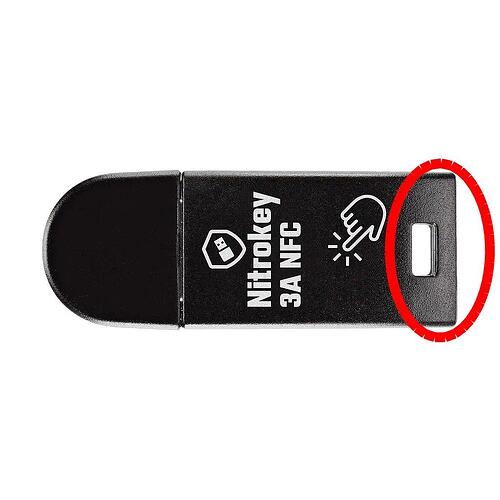I’m looking to get a hardware security key and am really considering a nitrokey.
But, there’s a couple of this that I feel nitrokey is lacking. If it had these, I’d grab (at least) one no-questions asked. No open source hardware key, to my knowledge, has all of these features.
- Case improvements
- An IP6x rating. Ideally at least IP65.
- first digit:
- 5 → dust protected; dust must not enter in sufficient quantity to interfere with operation
- 6 → dust-tight; no ingress of dust. (during testing: exposed to fine dust for 8 hours)
- second digit:
- 5 → protection against water jets (during testing: exposed to water jets for 3 mins)
- 6 → protection against powerful water jets (during testing: exposed to high pressure water jets for 3 min)
- 7 → protection against immersion in 1m of water for 30 min
- 8 → protection against immersion in (at least) 1m of water indefinitely
- first digit:
- A crush-resistant case. Honestly not super needed, but it would be nice to have.
- A nicer case/enclosure. Honestly, the current case doesn’t look very good.
- A slim case similar to the yubikey 5 or the solokey 2 (with the half-size usb-a connector, or whatever it’s called. basically the usb-a connector without the top jacket piece.)
- Alternatively, a case like the Thetis FIDO2 key
- A full metal enclosure would actually be really nice, but honestly even something that’s plastic would be fine
- An IP6x rating. Ideally at least IP65.
- A single key that supports both USB-A and USB-C (also possibly: USB-C + lightning, for people who have apple devices? though all new apple devices will have USB-C). This could be done in a couple of ways:
- swivel piece which has a connector on both ends.
- just a normal key with a connector on both ends
- a connector on both ends, but each end has a little tab on the side that can be uses to extend or retract the connector
- Allow more gpg keys that aren’t subkeys. Is there a reason only one is supported? Technical limitation of the hardware or something else? They aren’t like super large once saved to disk, so I’d be surprised if storage space was the limiting factor. (tbh just “more” in general for everything. more gpg keys, more ssh keys, more aes keys, etc.)
Just wanted to post some of my suggestions that I’d love to see in a new key.
